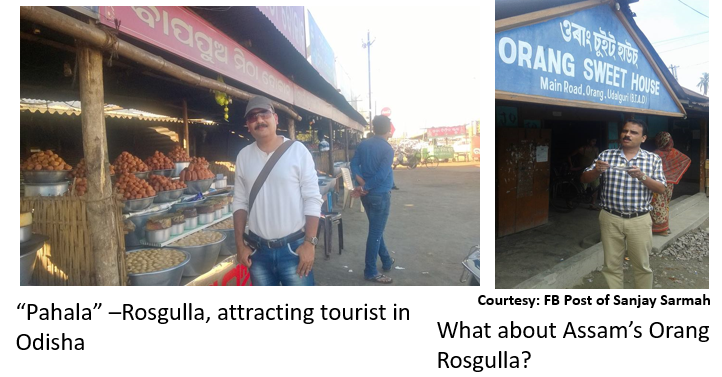Thinking differently for Assam’s dairy sector
( An opinion note prepared by Dr. Miftahul Islam Barbaruah )
This opinion note is related to the following observation of the Assam Tribune editorial dated 10th January 2022,
“Dairy in the State has remained a neglected area, with milk production staying confined to smallholders using indigenous cattle and buffalo, which again, is marketed through traditional and informal channels.”
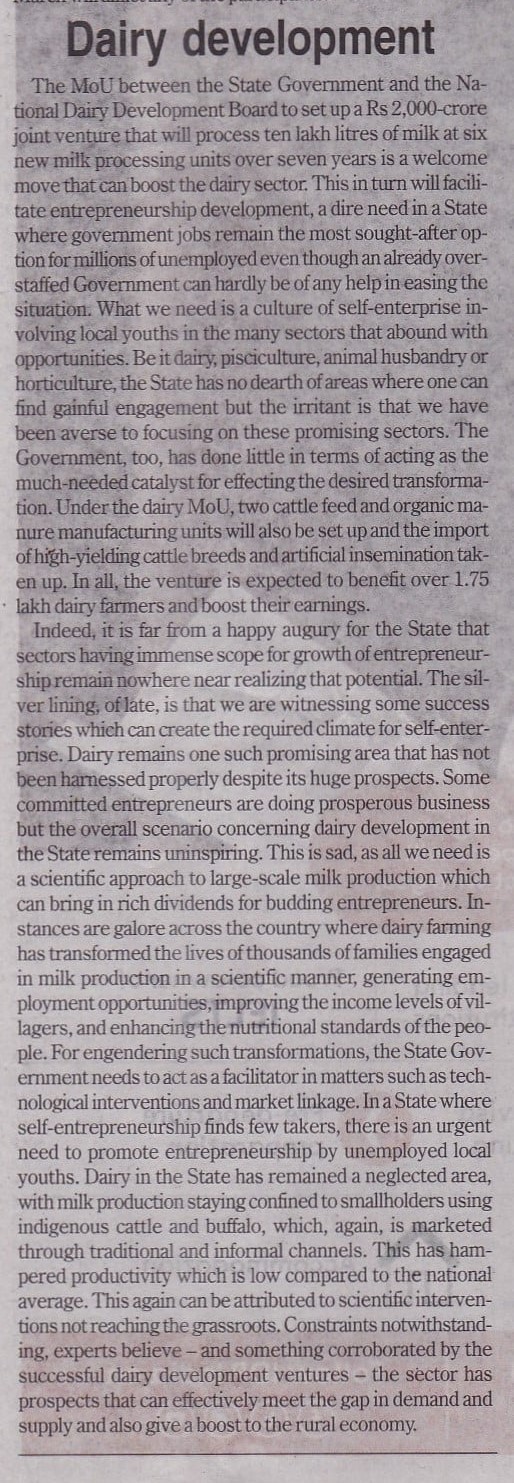
Editorial of The Assam Tribune dated 10th Jan 2022
The above editorial opinion forces us to think: Are we blindly following a development narrative that crossbreeding, bringing cattle from other states, and giving subsidies for organized dairy farms and institutional support of cooperatives is the only way to achieve the dairy sector’s development?
Let us think differently…
Assam has recognized indigenous cattle and buffalo breeds ( Lakhimi cattle and Luit Buffalo). The cattle and swamp buffalo herds maintained in riverine (Char) areas follow a unique near-organic management system (Khutis), and many such Khutis are now struggling to survive without a support system.
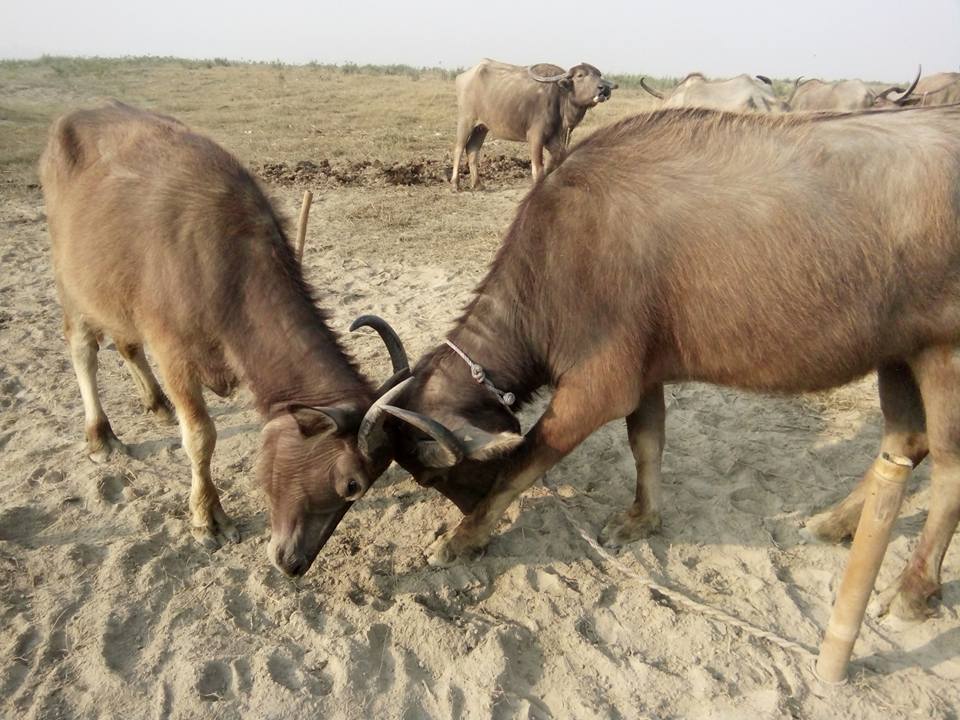
Swamp buffalo Khuti ( a unique farming system seen in riverine (Char) areas of Assam ( Courtesy: Dr. Mahendra Bharali )
In addition, indigenous cattle support the livelihood of many families for whom rearing crossbred cattle may not be feasible or even advisable (Crossbred cattle demands better nutrition, health care, and management support). Too much dependence on grain-based, intensive livestock farming systems is unsuitable in the context of climate change. Intensive, organized private farms are fast adopting climate-smart husbandry practices. Therefore, we need more public investment in small farmers’ traditional / community farming system. It’s time to conserve and improve the productivity of indigenous breeds through the formation of breeder groups, selective breeding, optimization of herd size, preventive health support, and climate-smart husbandry practice.
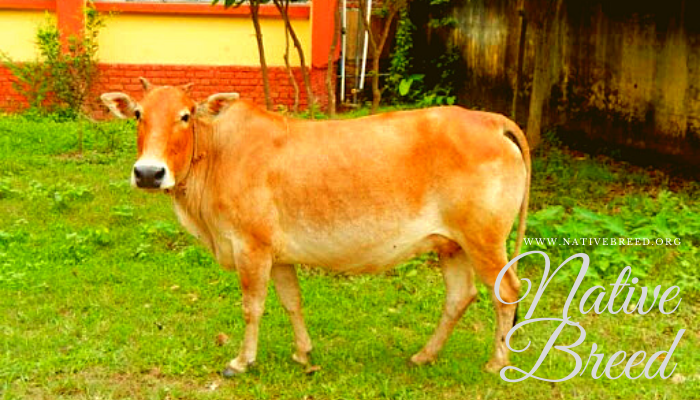
Lakhimi cattle of Assam ( Accession number: INDIA_CATTLE_0200_LAKHIMI_03041 ) ( Picture Courtesy: Native Breed.org )
We also need to support our entrepreneurs interested in aggregation, quality control, and improvement of the supply chain to uniquely position products of indigenous animals for high-value niche markets. As an example, on a modern line, can we think of linking the near organic ‘swamp buffalo’ milk production system of Khuti’s to processing units producing exportable mozzarella cheese? Cheese from Sikkim-the brother State of Assam is already making a global presence.
Similarly, there is demand for products of traditional cottage milk processing. For example, one can see almost flooding of products like Curd or Doi’ just before Magh Bihu (a harvest festival celebrated in Assam )
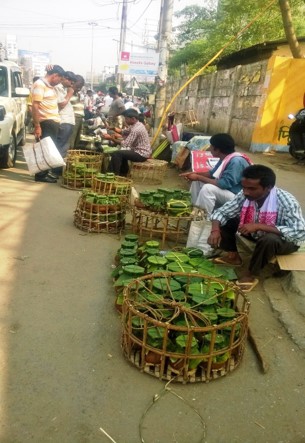
Roadside selling of products of cottage milk processing, Guwahati, Assam
Can we think of interventions like standardizing and improving cottage dairy products’ safety and self-life?
Can we invest in building milk-based local sweet brands associated with places? we can also explore getting a geographical indication (GI ) for such products
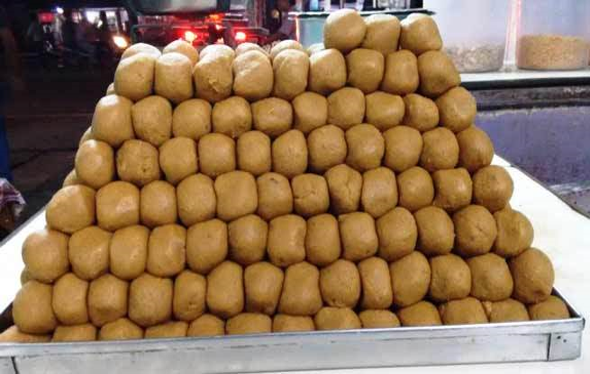
Peda ( a sweet dish ) from Bokakhat, Assam
